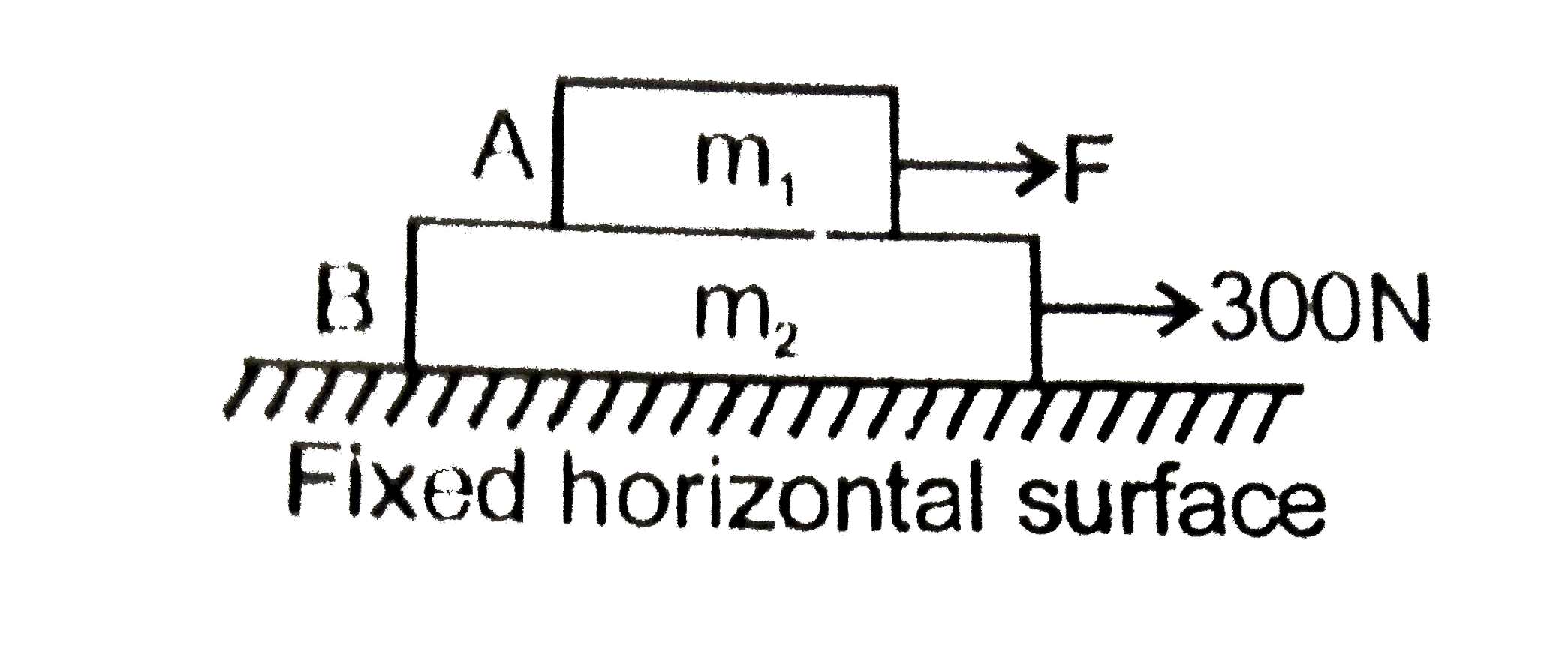A
B
C
D
Text Solution
Verified by Experts
The correct Answer is:
Topper's Solved these Questions
DAILY PRACTICE PROBLEMS
RESONANCE|Exercise DPP 35|5 VideosDAILY PRACTICE PROBLEMS
RESONANCE|Exercise dpp 36|5 VideosDAILY PRACTICE PROBLEMS
RESONANCE|Exercise dpp 33|8 VideosCURRENT ELECTRICITY
RESONANCE|Exercise Exercise|54 VideosELASTICITY AND VISCOCITY
RESONANCE|Exercise Advanced Level Problems|9 Videos
Similar Questions
Explore conceptually related problems
RESONANCE-DAILY PRACTICE PROBLEMS-dpp 34
- The coefficient of friction between block A of mass m(1)=5kg and block...
Text Solution
|
- Graph shows the acceleration of a 3kg particles as an applied force mo...
Text Solution
|
- A particle P is projected from a point on the surface of smooth inclin...
Text Solution
|
- In the shown mass pulley system, pulleys and string are massless. The ...
Text Solution
|
- A wedge is moving rightwards on which a block of mass 10kg is placed o...
Text Solution
|
